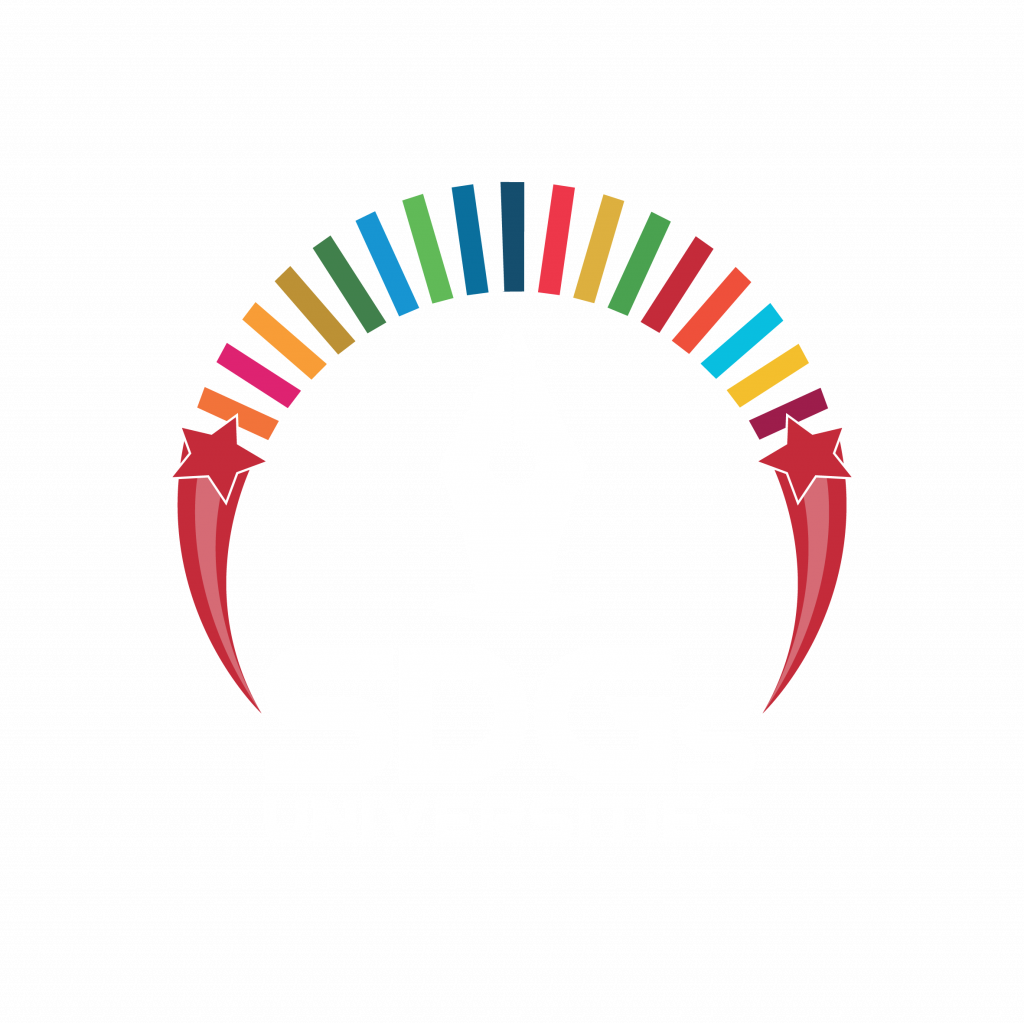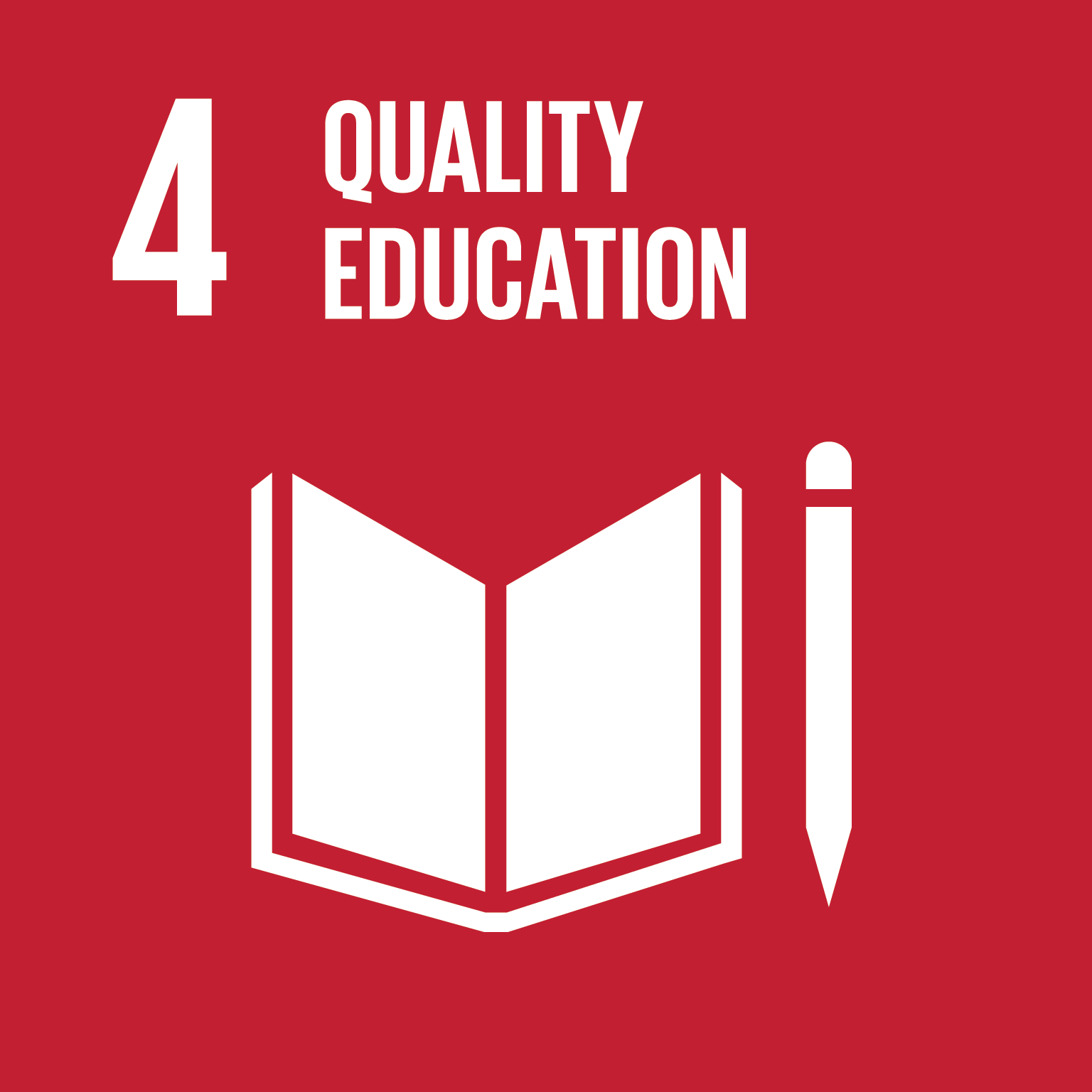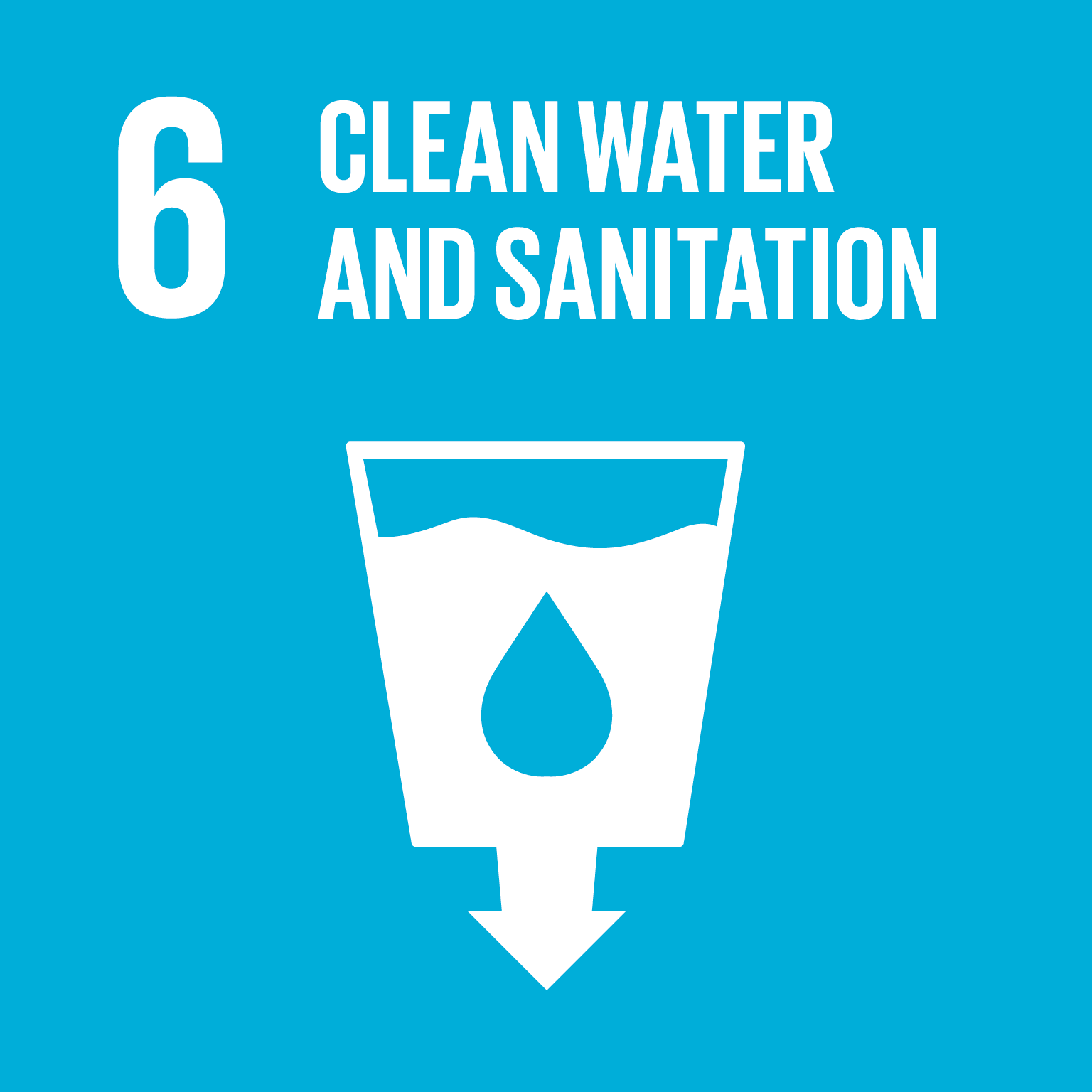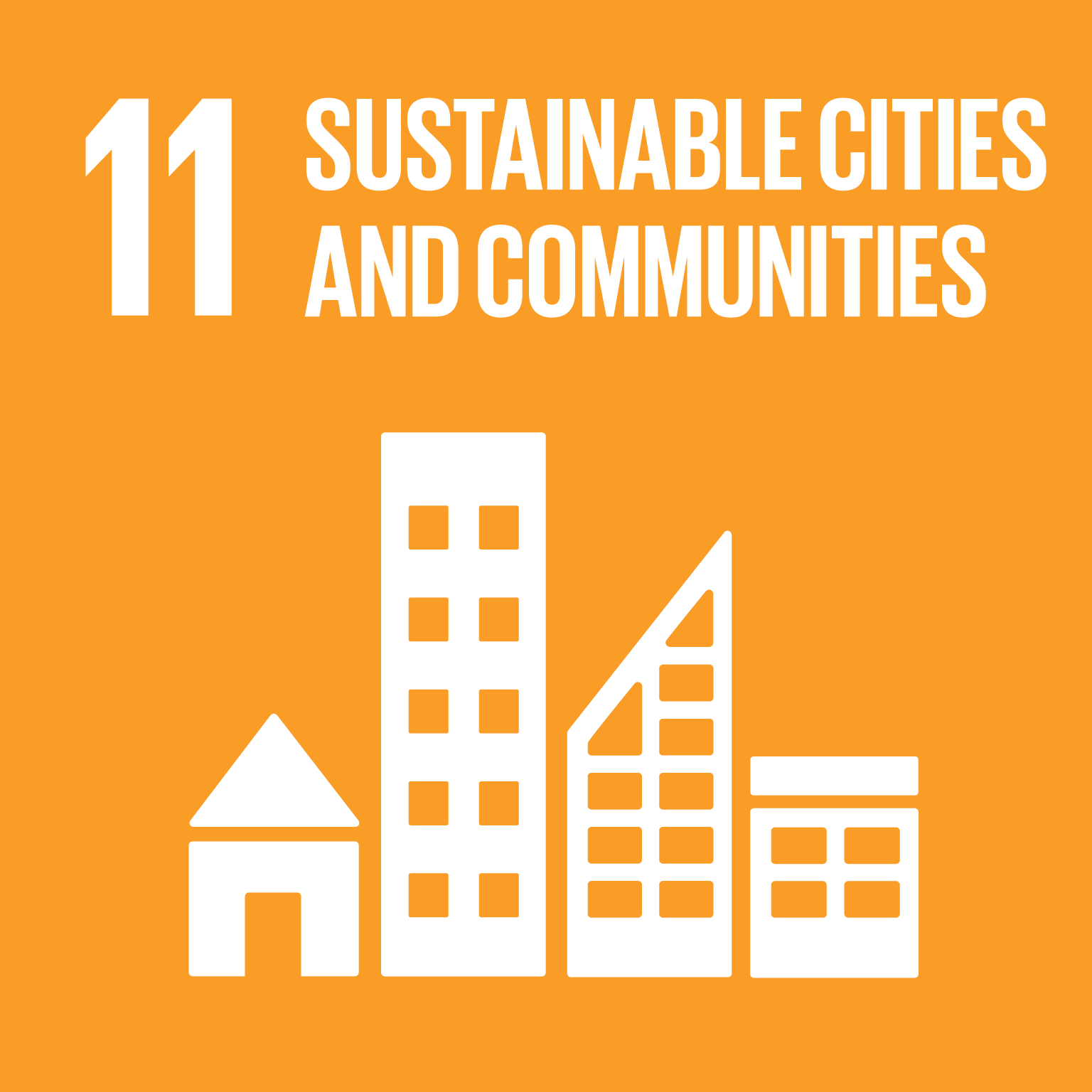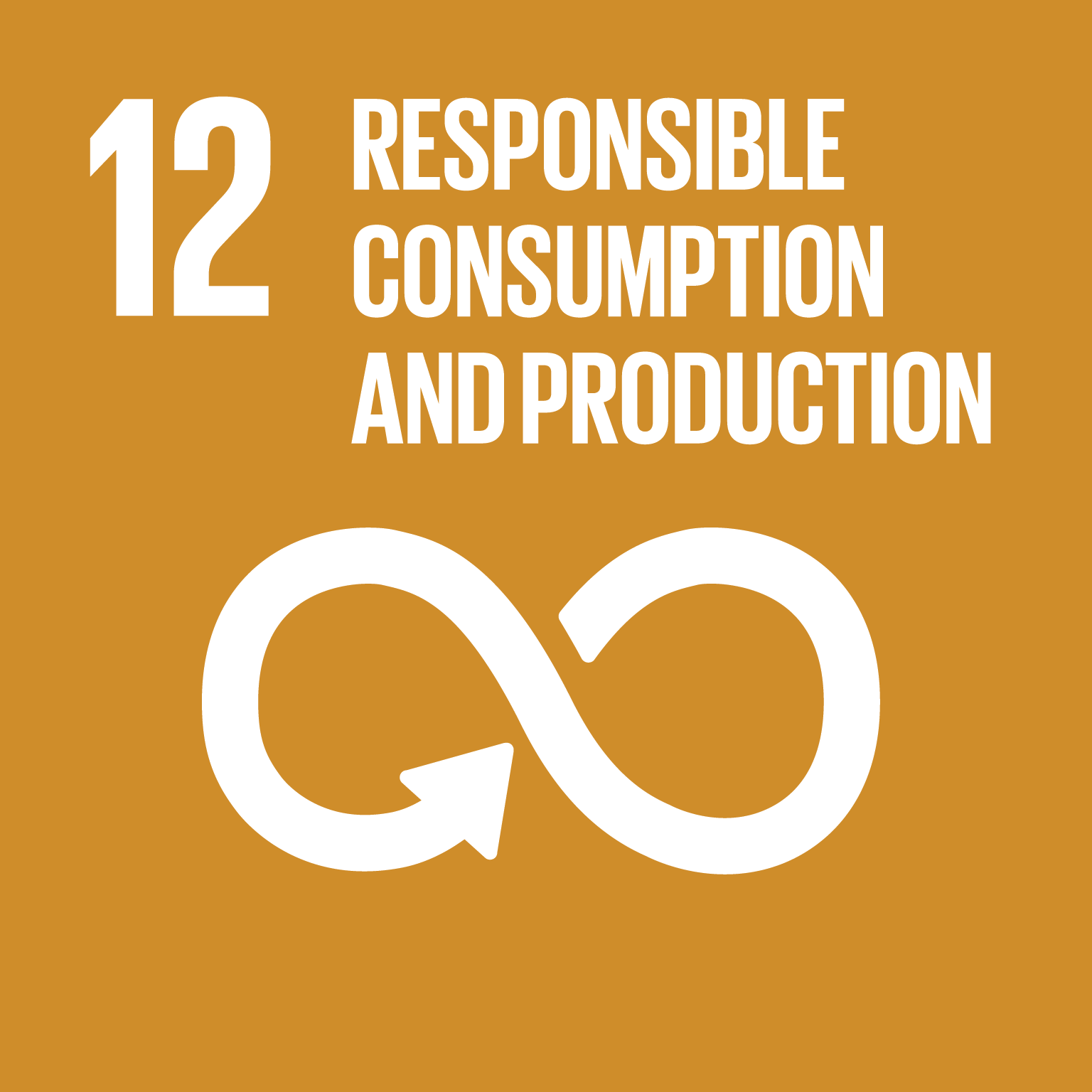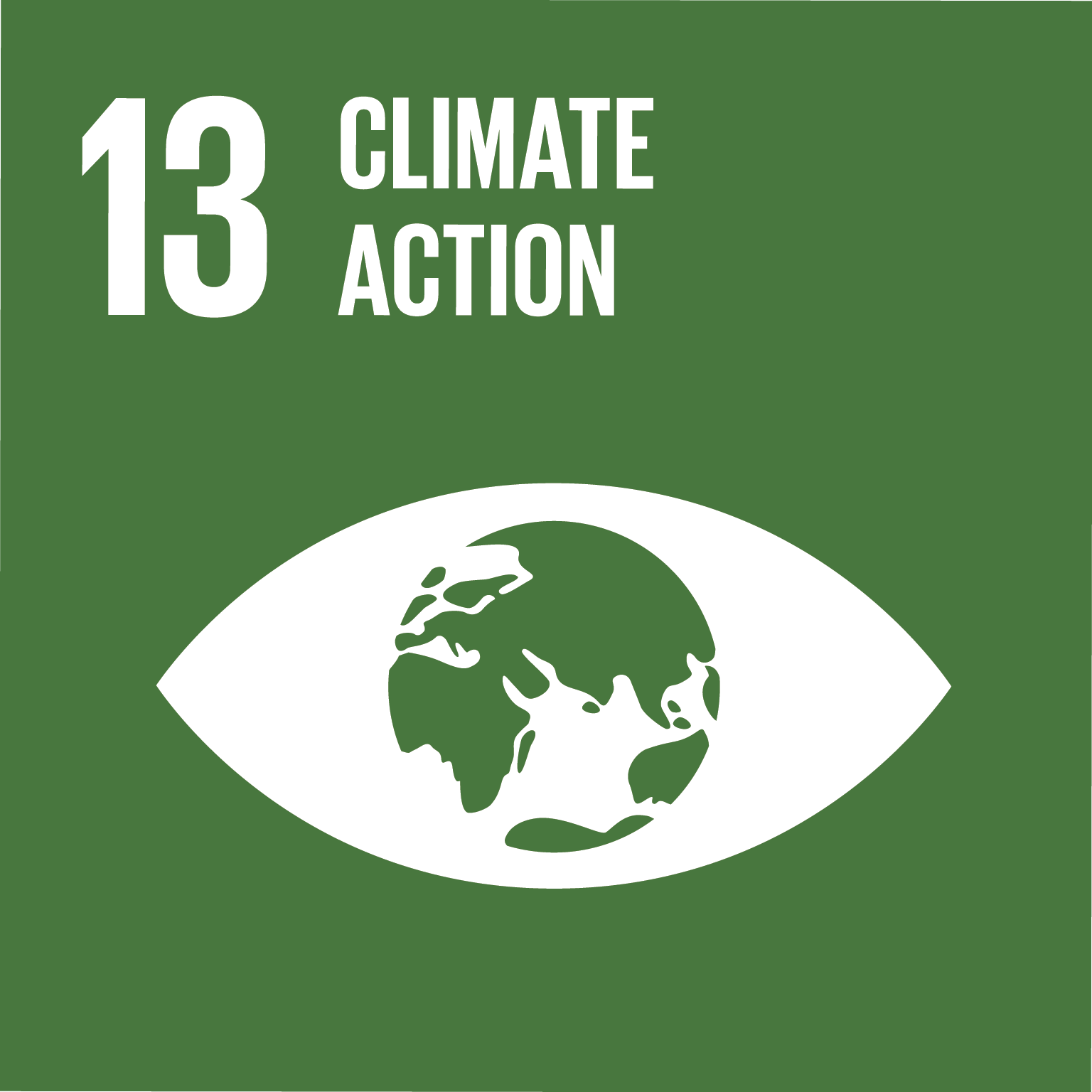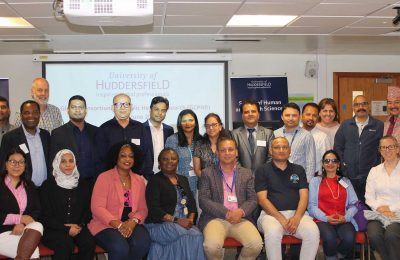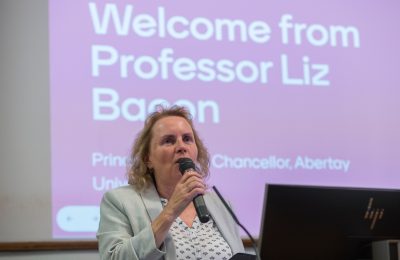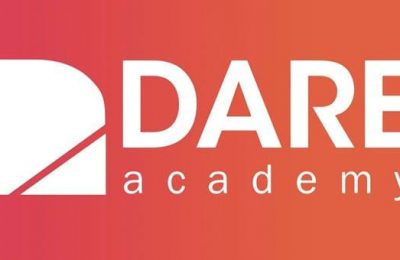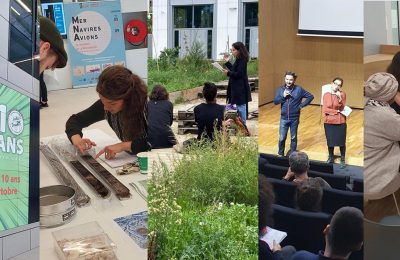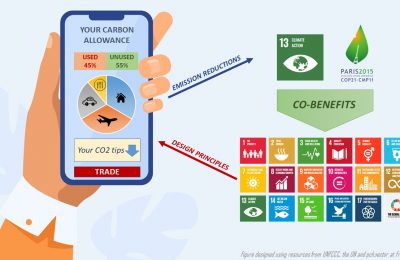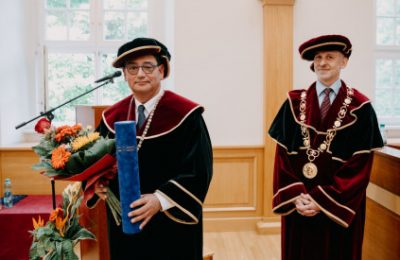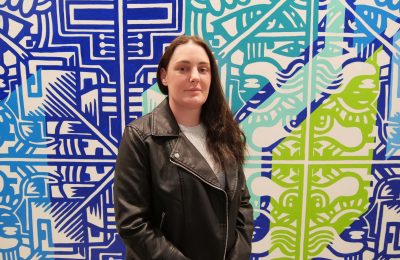Climate change and environmental sustainability: The primary focus here is the effects of climate change and the socio-economic and political implications for environmentally sustainable development. The challenge of mitigating anthropogenic carbon dioxide emissions which cause climate change is inextricably linked to the challenges of sustainable development and environmental sustainability. Humanity’s pursuit of development and progress is now in conflict with the limitations of our planet’s “carrying capacity”. Indeed, climate change is now a central topic of concern in multilateral fora, as evidenced by its centrality in the recently held UN General Assembly. As such, prospective panellists are encouraged to submit abstracts of papers that focus on such themes as climate change, environmental sustainability, the environment and development, trade and the environment and sustainable development.
Environment, energy and water: This theme welcomes contribution in all areas with diverse topics of environmental engineering and management including papers in the areas of wastewater treatment, management, recovery, reuse as well as solid waste managements, disposal, recycling and the role of community in promoting recycling activities. Moreover, environmental awareness and regulations that lead to proper managements of waste, resulting in the protection of environment, health and sustainable developments are all important. Case studies in developing countries in addition to successful ones of developed countries to properly manage environmental problems leading to dissemination of information and technology transfer in global basis are also encouraged. Environmental impact assessment, industrial pollution reduction and the use of renewable energy as an alternative for pollution reduction are important factors nowadays.
Renewable energy technologies: This theme address issues that will be central to the contribution of Renewable Energy Technologies (RETs) in the energy sector, technological upgradation, innovations, policies, strategies, best practices, political ecological and social implications and sustainable development.
